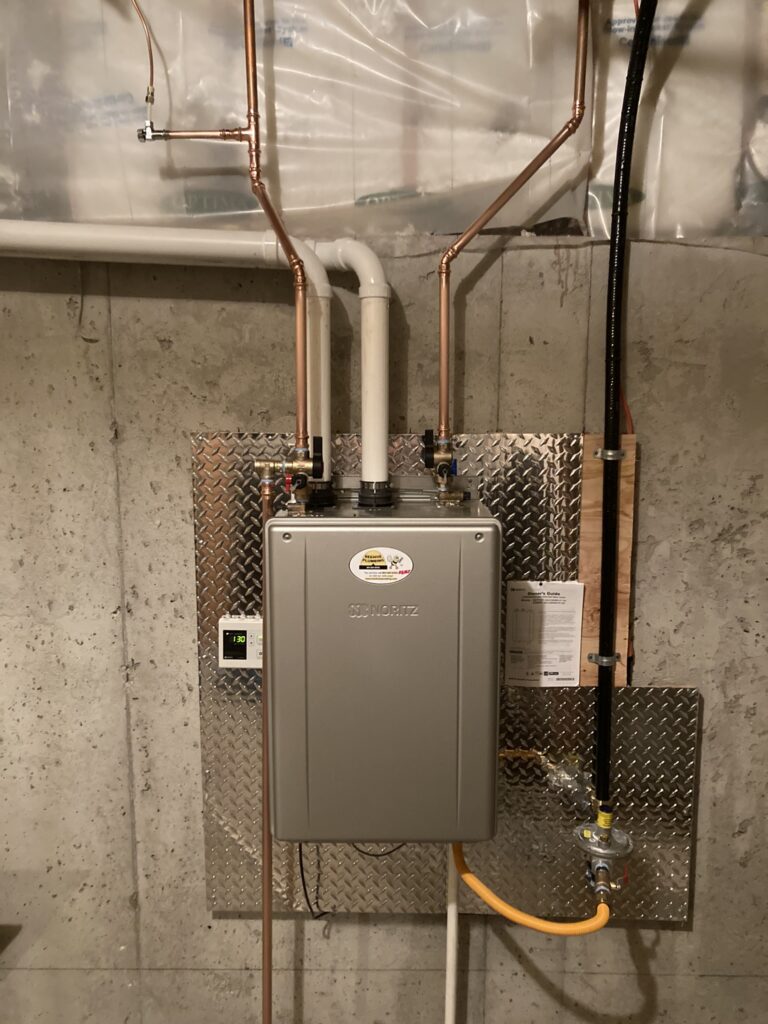DIY Hot Water Heater Installment: Essential Steps for Success
When considering a DIY water heater installment, it is important to come close to the job with a methodical state of mind, as the process entails several vital steps that can significantly impact both safety and performance. Choosing the suitable water heating unit for your specific needs is simply the start; preparing the installation location and understanding the essential tools and materials are just as vital.
Picking the Right Water Heating Unit
When selecting a water heater, it is vital to think about numerous key factors to ensure optimal performance and effectiveness - water heater. Evaluate the kind of water heating system that best fits your requirements. Options include tankless, storage space tank, and warm pump hot water heater, each offering unique benefits in terms of power effectiveness and room demands
A larger household may need a system with a greater gallon capability or a tankless system that can supply continual warm water. Each energy kind has ramifications for installment prices and long-term power expenditures.
Energy performance is another vital factor. By thoroughly evaluating these variables, you can select a water heating system that lines up with your family's particular demands, guaranteeing convenience and effectiveness for years to come.
Devices and Products Needed
Successfully mounting a hot water heater calls for not only the right choice of system but also the appropriate devices and products. Before starting your do it yourself job, guarantee you have an extensive checklist of items to help with a smooth setup procedure.
Necessary tools include a pipeline wrench, flexible pliers, and a screwdriver set (both flathead and Phillips), which will certainly help you handle various installations and connections. Furthermore, a drill with ideal bits is needed for placing brackets or making any type of called for holes. For safety, a voltage tester is crucial, particularly when handling electrical water heating systems.
You will certainly additionally need a flexible water supply line, which can be either knotted stainless steel or PVC, depending on your preferences and local codes. By collecting these tools and materials beforehand, you established the phase for an effective water heating system installment.
Preparing for Installation
Before beginning the installation of your hot water heater, it is essential to assess the installation website to ensure it satisfies all needed demands. Begin by confirming that the area is well-ventilated, specifically for gas hot water heater, to avoid the accumulation of unsafe gases. Look for the accessibility of required links, consisting of water lines and electric outlets, ensuring they are in good problem and properly situated.

Additionally, evaluate the existing plumbing and electrical systems to establish if upgrades or repair services are required prior to installment. This positive technique not only makes certain conformity with neighborhood building regulations yet also boosts the longevity and performance of the water heating unit. Gather all needed authorizations, if required, to avoid legal issues later on. Correct preparation sets the phase for a smooth installation process and helps stop unforeseen concerns.
Step-by-Step Setup Process
With the preparation view full and all needed assessments carried out, the next phase includes the detailed installation of your water heating unit. For tank-type water heaters, attach the cold water supply line to the inlet, normally noted in blue, and the warm water line to the electrical outlet, normally designated in red.
Next, safeguard the temperature and pressure alleviation valve, which is necessary for safety. Affix the discharge pipe to this shutoff, directing it towards the flooring or an appropriate water drainage area. For electric models, link the power supply by stripping the cords and safeguarding them to the heater's terminals according to the producer's directions.
If you are mounting a gas water heating unit, ensure the gas line is connected effectively and look for leakages using a soap remedy. Besides links are made, fill the container with water before turning on the power or gas supply. Allow the water heater to get to the desired temperature and check for any kind of leaks around all connections.
Ensuring Security and Efficiency
Regularly making certain safety and efficiency during the installation and procedure of your water heating system is essential for optimum performance and long life. Begin by selecting a suitable area that abides with local building ordinance and supplies sufficient air flow. Ensure that the location is devoid of flammable materials and has adequate space for maintenance and inspections.

After installment, conduct normal examine the device to identify leakages, corrosion, or uncommon noises. Set the thermostat to a safe temperature, commonly around 120 ° F, to stop hot and enhance energy efficiency. Shield pipelines to lower heat loss, which contributes to decrease energy costs.
Verdict
In conclusion, effective DIY water heating system installation hinges on mindful planning and implementation. Selecting the appropriate water heater, preparing the setup location, and following a methodical installation process are important steps.
When taking into consideration a DIY water heating unit installment, it is vital to come close to the task with a methodical state of mind, as the procedure involves numerous vital actions that can considerably impact both security and performance.Before beginning the setup of your water heating system, it is crucial to analyze find out this here the installation site to ensure it meets all required needs. For tank-type water heating units, link the chilly water supply line to the inlet, commonly marked in blue, and the hot water line to the outlet, normally marked in red.Regularly making certain safety and efficiency during the setup and procedure of your water heating system is important for optimum performance and durability. Picking the proper water heater, preparing the installation area, and adhering to a systematic installation process are crucial actions.
Comments on “Skilled water heater installation services in Buena Park for your home”